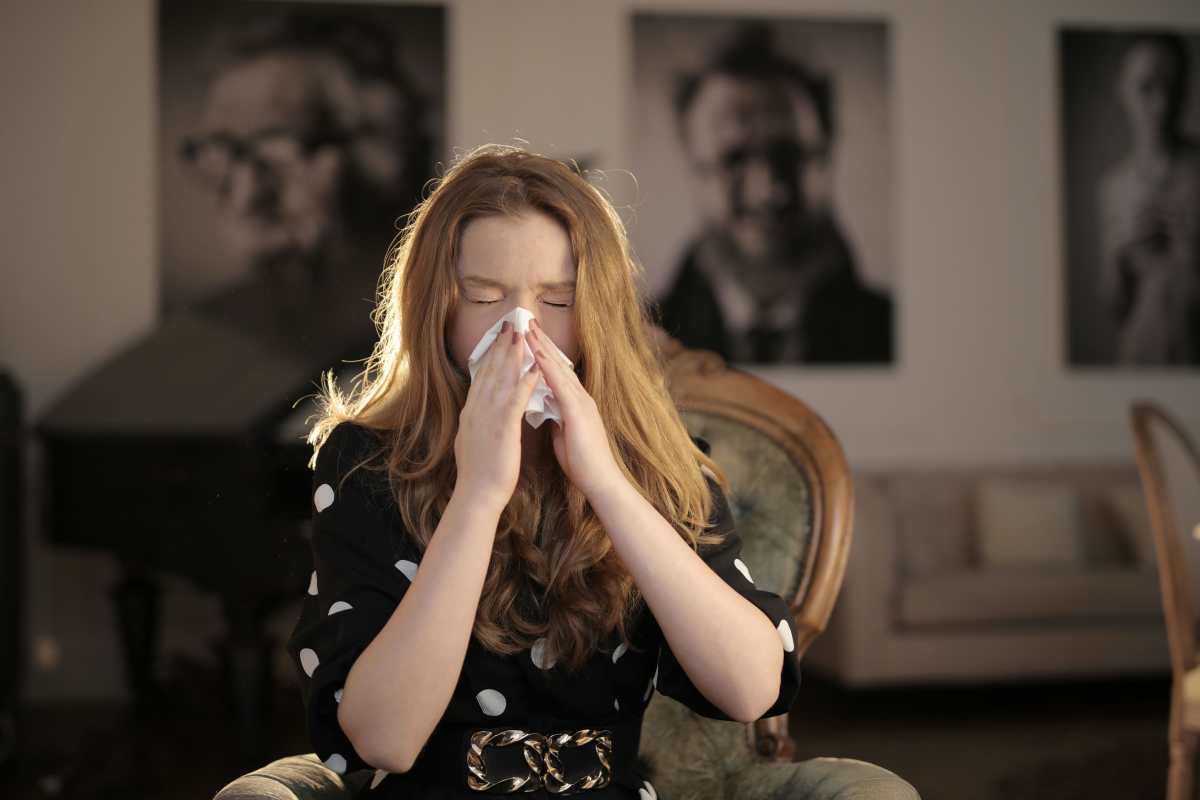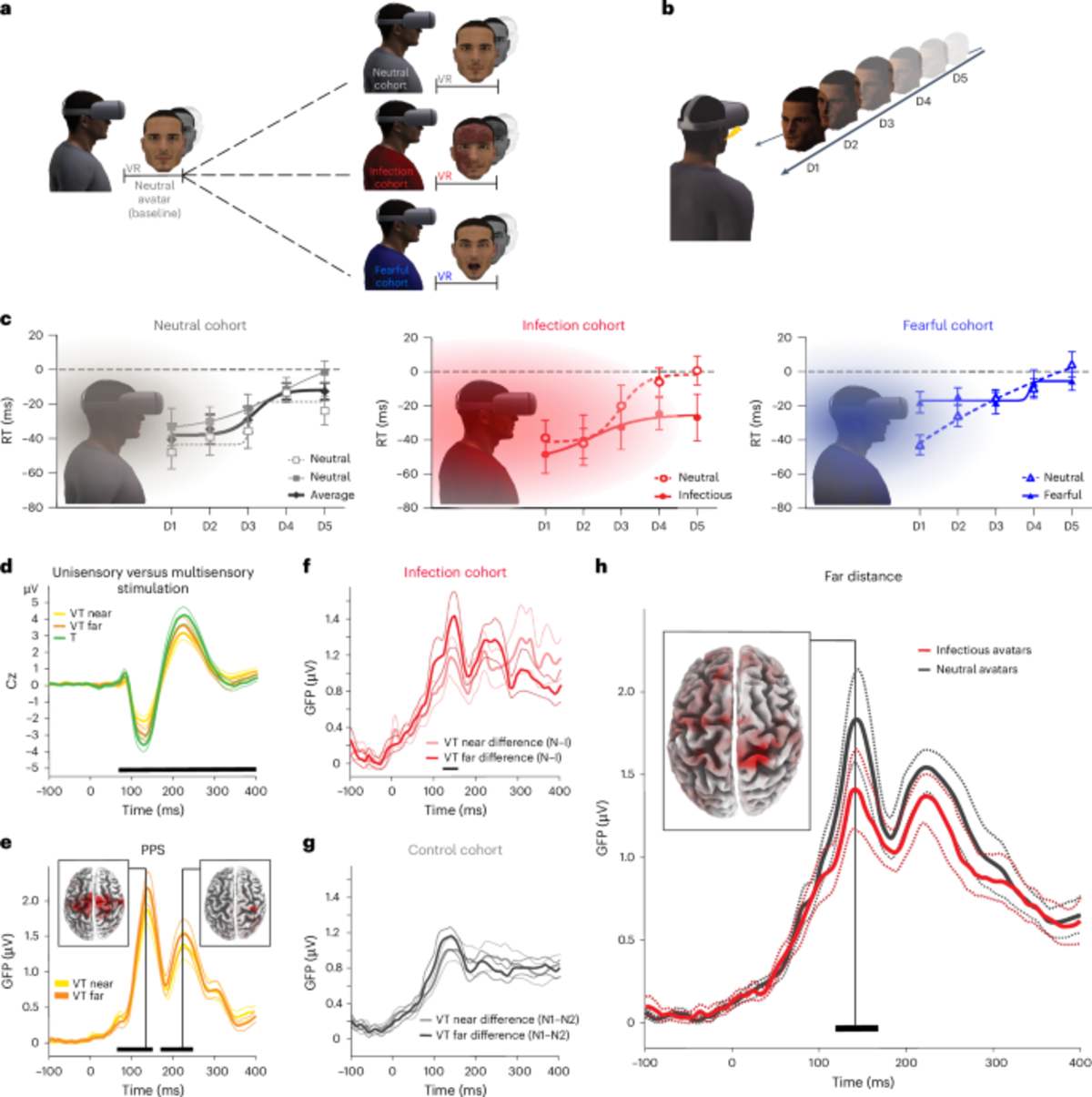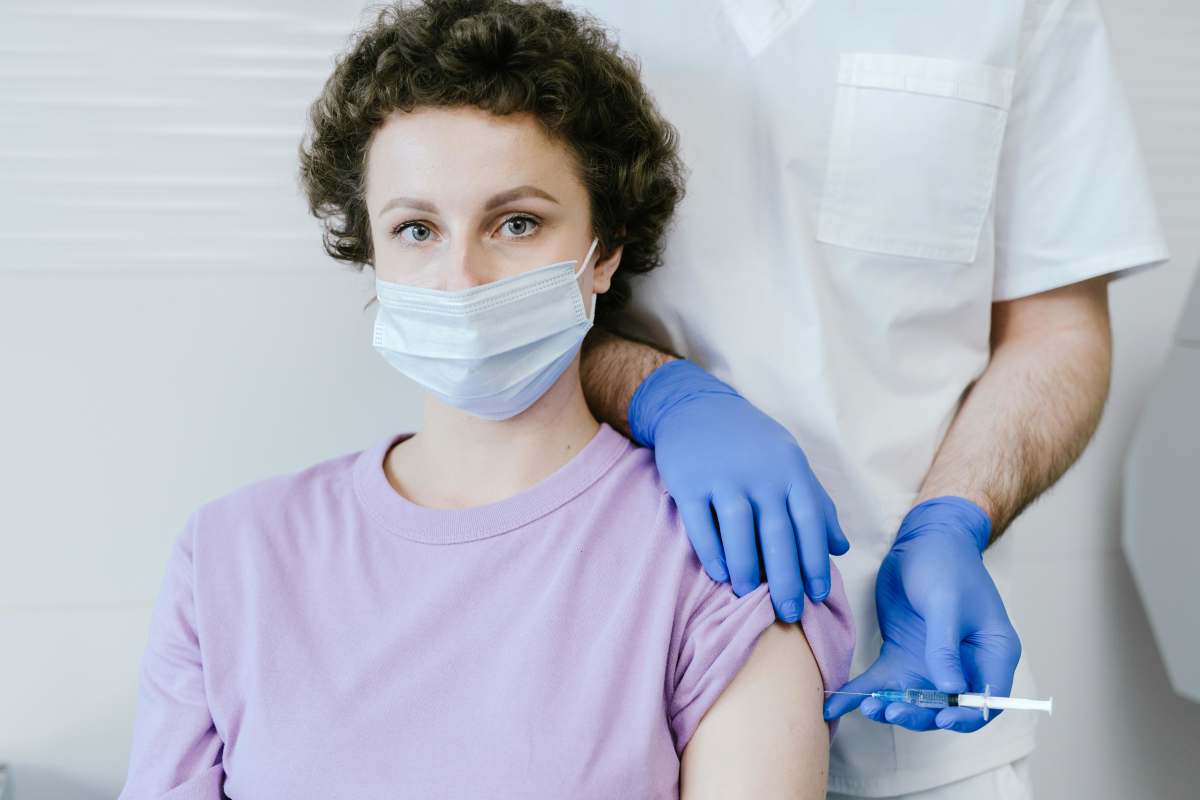Brains Activate The Immune System When Sick People Approach: Study

Human physiology is a complex system where several components coordinate to ensure smooth functioning. A team of researchers is trying to comprehend whether human bodies could anticipate a pathogen attack, even before it enters the system. To get this, experts conducted a comprehensive examination on several volunteers using virtual reality (VR) headsets. The investigation and results were published in the journal Nature Neuroscience. The outcome indicated that even the visuals of sick individuals could possibly make the immune system react inside the body. Researchers are hopeful that the assessment will help scientists improve the efficiency of vaccines.

The Assessment
For the study, experts looked into blood tests, brain scans, and activity recorded by Google's Oculus Rift headsets. Researchers wanted to investigate the reactions of the human system when it feels a pathogen nearby. To design this scenario, the team constructed a VR, where 248 subjects came face-to-face with human avatars exhibiting symptoms, such as coughs, rashes, and other typical signs of infection. The examination also incorporated avatars that appeared to be 'normal.' Experts made the 'normal' avatars seem either fearful or neutral. These were designed to approach the subjects in the VR, but never 'touched' them. To consider actual exposure to pathogens in the study, researchers injected the influenza vaccine into a separate group of volunteers.

Reaction to the Approaching Pathogens
The results indicated that whenever the volunteers noted a pathogen nearby, like in the case of an approaching infectious avatar, certain sections of their brain became hyperactive. These sections were found to be associated with personal space, essentially the immediate area surrounding humans. After hyperactivity in certain sections of the brain, changes were observed in the brain's 'salience network.' This network contains parts that play a prominent role in identifying pivotal events in the subject's life. These events could include dangers like infection from pathogens. The study further claimed that all of this brain activity supposedly increased the frequency of immune defenders in the form of innate lymphoid cells inside the human body.
Experts believe that the increased quantity of innate lymphoid cells is essentially a way for the immune system to set up the first line of defense against approaching pathogens. It implies that the immune system is arranging protection, even before pathogens get the opportunity to interact with human components. Researchers cited a higher frequency of these cells in participants approached by virtual sick avatars than in those who came face-to-face with other avatars, as backing for their assertion. The patterns observed in volunteers approached with sick avatars were also noted in subjects who received an influenza vaccine.

Insights from the Exercise
Michael Irwin, a psychoneuroimmunologist at the University of California, Los Angeles (UCLA), who was not involved in the study, called the results "remarkable," according to Science News. The findings indicated that the immune system could be triggered just by visual clues that suggest someone is sick. Researchers believe that brain activity impacts the immune system through the hypothalamic-pituitary-adrenal axis. This axis is a collection of regions that control the human body's stress responses. Andrea Serino, a neuroscientist at the University Hospital of Lausanne, Switzerland, shared that the exercise showcased a stronger connection between the hypothalamus and the salience network when the 'pathogen' was right around the corner.
Experts are hopeful that this capability of the immune system could be exploited to increase the efficiency of vaccines as well as other drugs. "If you have flu and take paracetamol, for instance, you could use virtual reality to boost the effect by modulating the immune system reaction," Serino explained. To make this hope a reality, researchers need to conduct more examinations to understand the scope of the immune system. To date, researchers have monitored the changes happening in two immune cells due to this anticipation: innate lymphoid cells and natural killer cells. The latter exhibited no alterations. These two cells are not enough, as the immune system is composed of several facets and components. Currently, the team is figuring out how long these changes triggered by 'sick face' last in the human system.